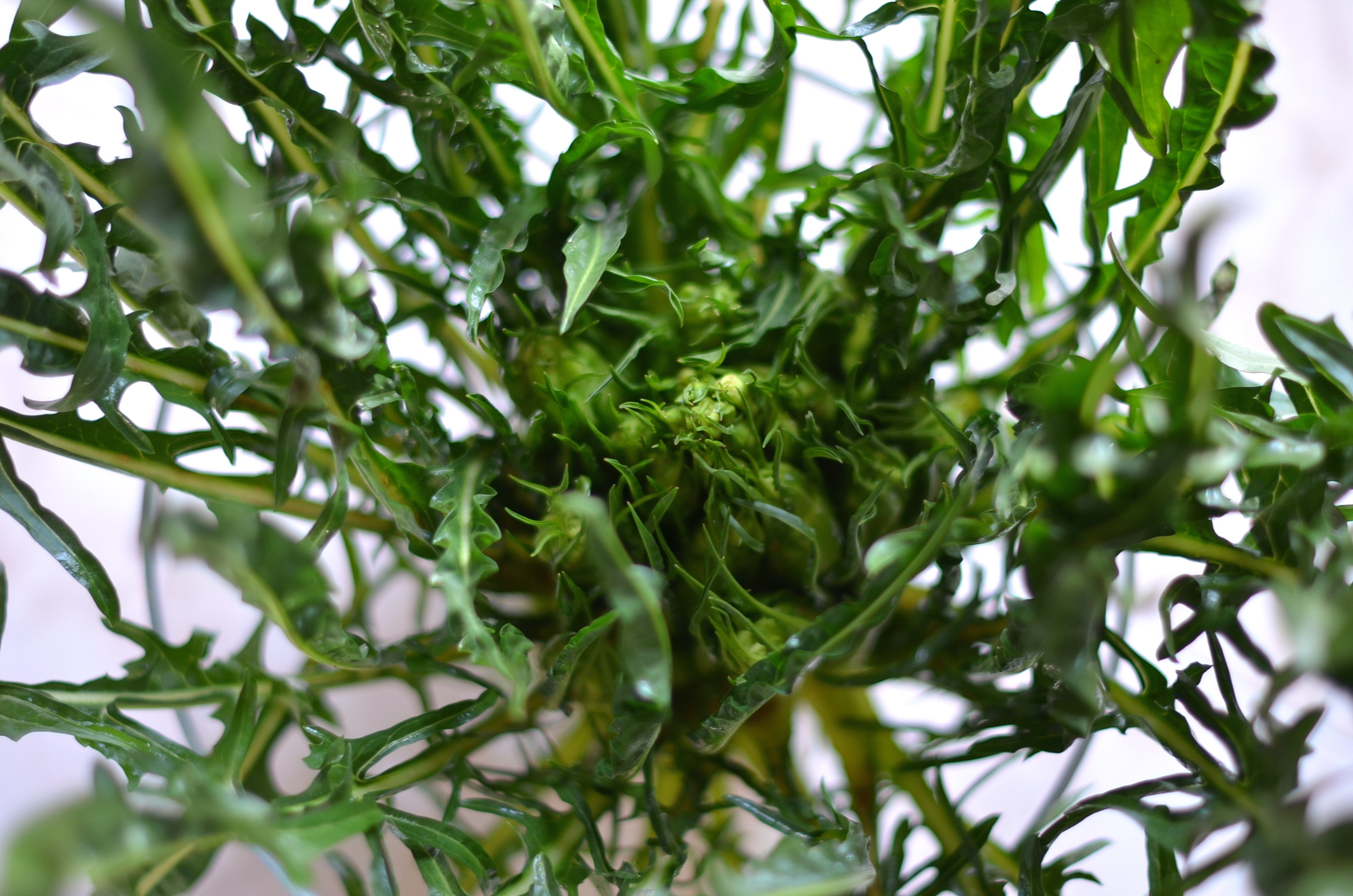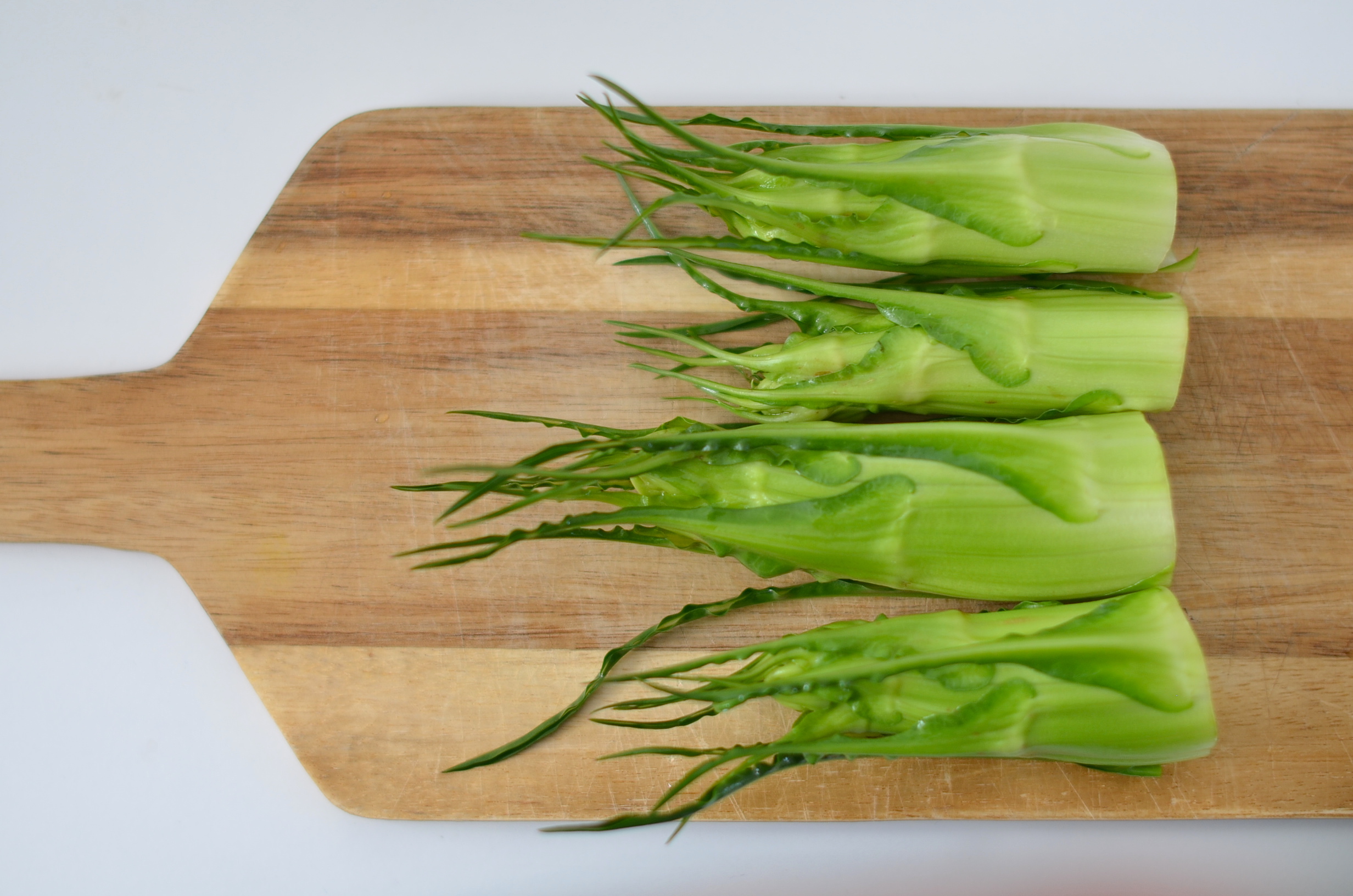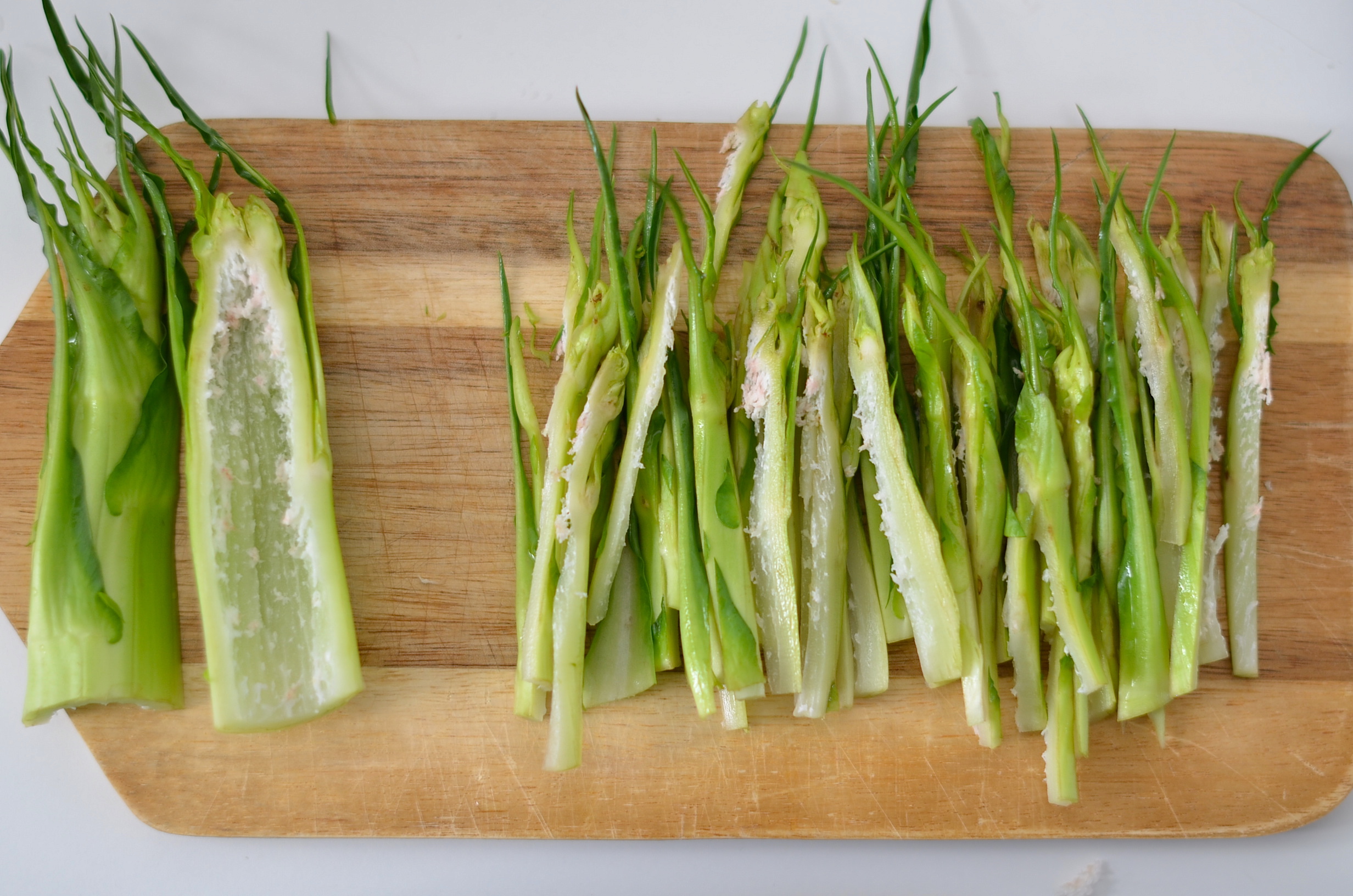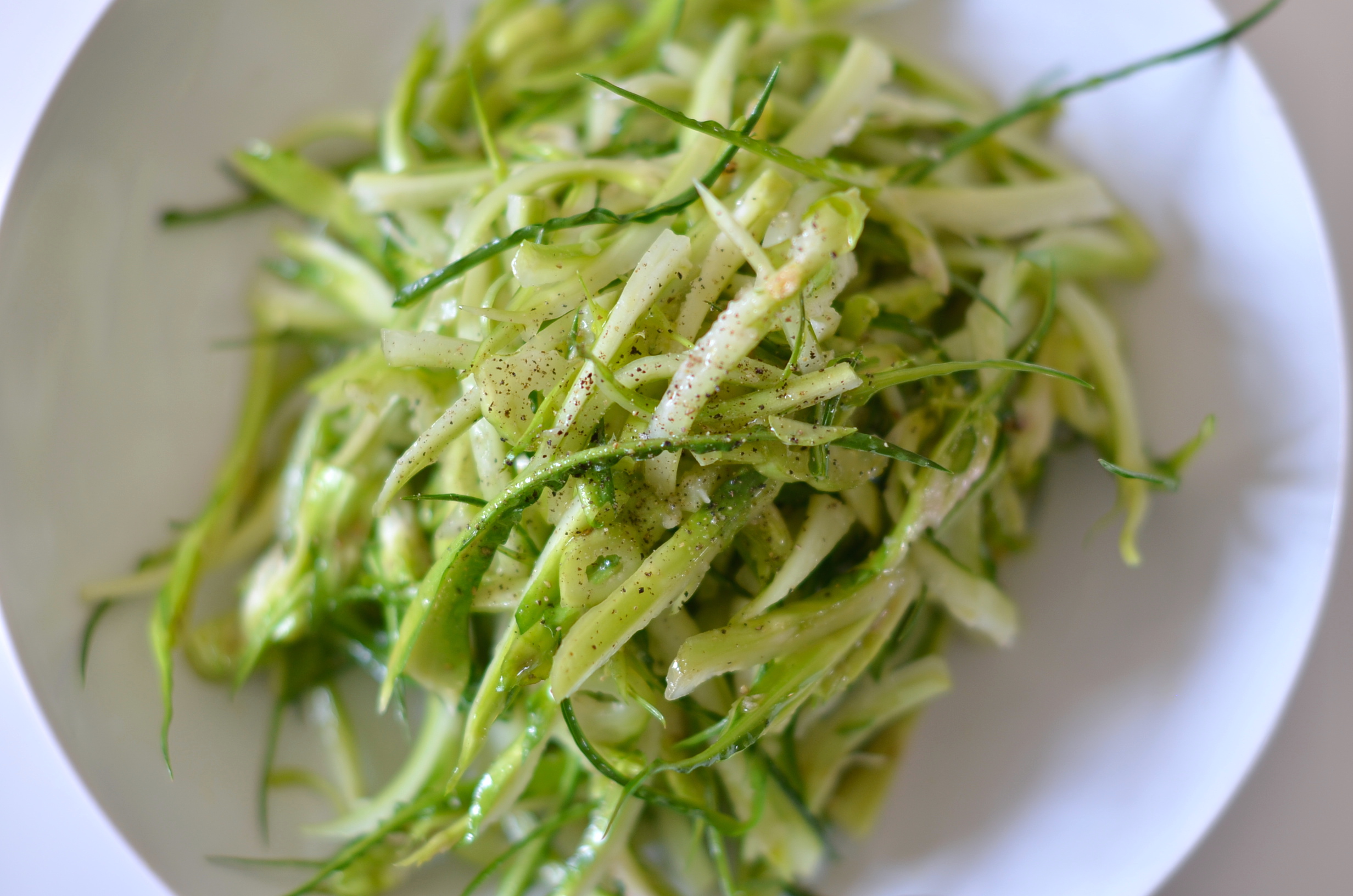 This year I’m taking a great course on Botanics. Might be because of the teacher or because I’m fascinated by the subject, in any case I’m finding it really interesting. The past lessons we’ve been talking about the main Plant Families (Apiaceae, Brassicaceae, Leguminose, Rosaceae, Liliaceae and so on) and their characteristics, uses, health benefits. Also, we’ve been doing workshops on different types of foods, such as peppers or seeds (i.e. distinguish between 12 different varieties of peppers, taste them, describe them etc.). Another interesting part of the course is EthnoBotany: this is the study of the uses of certain plants in a particular area/region based on its traditional culture and knowledge; it answers the following questions: Why do those people eat those plants? How do they preserve/cook them? What cultural/social/religious meaning is represented by the plant? As part of the course, we need to do a group project interviewing a community (in Italy or abroad), getting to know what wild plants/herbs they use, foraging them and creating an Herbarium (collecting, drying the plants and creating a book).
This year I’m taking a great course on Botanics. Might be because of the teacher or because I’m fascinated by the subject, in any case I’m finding it really interesting. The past lessons we’ve been talking about the main Plant Families (Apiaceae, Brassicaceae, Leguminose, Rosaceae, Liliaceae and so on) and their characteristics, uses, health benefits. Also, we’ve been doing workshops on different types of foods, such as peppers or seeds (i.e. distinguish between 12 different varieties of peppers, taste them, describe them etc.). Another interesting part of the course is EthnoBotany: this is the study of the uses of certain plants in a particular area/region based on its traditional culture and knowledge; it answers the following questions: Why do those people eat those plants? How do they preserve/cook them? What cultural/social/religious meaning is represented by the plant? As part of the course, we need to do a group project interviewing a community (in Italy or abroad), getting to know what wild plants/herbs they use, foraging them and creating an Herbarium (collecting, drying the plants and creating a book).
Just yesterday in class, we talked about the Asteraceae plant family, also known as the sunflower or daisy family. It is one of the largest plant families, some examples of known plants are lettuces, radicchio, chicories, chamomile, tarragon, arugula, artichokes…
The common characteristic from a gastronomic point of view is that these plants are all very BITTER and considered extremely good for you.
 The Mediterranean diet, up to the ’70s, was a very varied diet: during the summer months people would eat grown tomatoes, onions, peppers, celery and so on, but for the rest of the year (October – May) the population would feed themselves on wild bitter vegetables, just picked in the backyard or foraged nearby, nothing cultivated. After the ’70s the Mediterranean area was influenced by the arrival of industrial farming, greenhouses, mono-cultures, and so fewer and fewer wild crops, but only the same cultivated vegetables that you can nowadays find year-round. Because of this, people are forgetting about the importance of seasonality. It is so unnatural to buy fresh tomatoes or eggplants or zucchini in January, but yet the supermarkets keep selling them.
The Mediterranean diet, up to the ’70s, was a very varied diet: during the summer months people would eat grown tomatoes, onions, peppers, celery and so on, but for the rest of the year (October – May) the population would feed themselves on wild bitter vegetables, just picked in the backyard or foraged nearby, nothing cultivated. After the ’70s the Mediterranean area was influenced by the arrival of industrial farming, greenhouses, mono-cultures, and so fewer and fewer wild crops, but only the same cultivated vegetables that you can nowadays find year-round. Because of this, people are forgetting about the importance of seasonality. It is so unnatural to buy fresh tomatoes or eggplants or zucchini in January, but yet the supermarkets keep selling them.

But back to the point…BITTERNESS. Why is it good to implement your diet with bitter foods? Why do most “Detox” supplements are made with bitter greens extracts? This is because bitter foods increase the production of bile in your liver, which helps to emulsify fats, therefore is great for Digestion! Not to mention all the minerals and vitamins they contain, sulfur compounds on the top of the list. Eat bitter greens and your stomach and your entire body will thank you. This is why bitter foods were such a big part of our ancestors’ diets.
Today’s problem is that we barely eat bitter foods. Our taste buds search mainly for sweet foods, and the more sweet you eat the more you are susceptible to bitter taste. When I was working at Chino Farms two summers ago I remember all the customers coming to the stand and asking: Which corn is sweeter? Which one of these tomatoes are sweeter? Are these strawberries sweet?… and nobody would ask about their general taste, their aromas, they wanted to know just if they were sweet or not. It is so sad.
I think this problem is caused mainly by the introduction of processed foods in our society. And of course, if you feed your kids with sweets all the time from the beginning, they will unlikely eat un-sweet foods when adults.
Anyways, in Italy you can still find many of these bitter greens (such as many varieties of chicories) and thankfully, because of the strong gastronomic “Italian Nonna” imprinting, we still cook with them. If you think of Puglia for example, you think of the famous dish “Fave e Cicorie” (mashed fave cream with boiled chicories on top). These vegetables were often served with more neutral flavors to have less of a bitter taste, like chards or borage, or in fewer cases with heavy meats (makes sense to digest the fats better). And also, often they were served at room temperature because heat accentuates the bitterness.
 This morning I went to my local farmers market (pictured above) and found Puntarelle, typical of this month. Puntarelle (=”little tops”) is a variety of chicory, it is the inside of the vegetable “Cicoria Cimata”. It has tall leaves on the outside and inside hide all the shoots which are eaten raw. Near Rome, they cut the shoots finely and make a dressing of extra virgin olive oil, anchovies, lemon, garlic, and salt, known as “Puntarelle alla Romana”. The outer leaves are also very bitter, but eaten cooked.
This morning I went to my local farmers market (pictured above) and found Puntarelle, typical of this month. Puntarelle (=”little tops”) is a variety of chicory, it is the inside of the vegetable “Cicoria Cimata”. It has tall leaves on the outside and inside hide all the shoots which are eaten raw. Near Rome, they cut the shoots finely and make a dressing of extra virgin olive oil, anchovies, lemon, garlic, and salt, known as “Puntarelle alla Romana”. The outer leaves are also very bitter, but eaten cooked.
Today I made it just like tradition calls, but omitting the anchovies.

 •INGREDIENTS•
•INGREDIENTS•
→shoots from one big bunch of “Cicoria Cimata”
→1 garlic clove
→3 tablespoons extra virgin olive oil
→1 tablespoon apple cider vinegar or lemon juice
→salt and pepper
Get rid of the outer leaves to obtain the internal “heart” of Puntarelle. Cut them in half then into small strips (like in the photo) and put them in a bowl of water with some lemon juice to avoid the color change (like apples they tend to become brownish after cut).
Prepare the dressing in a mortar, or if not available, chop very finely the garlic and then mix with oil, vinegar, salt and pepper.
Drain the puntarelle, mix well and serve.
Try it with some good bread or focaccia, it’s delicious and so nutritious, give it a try!


Leave a comment